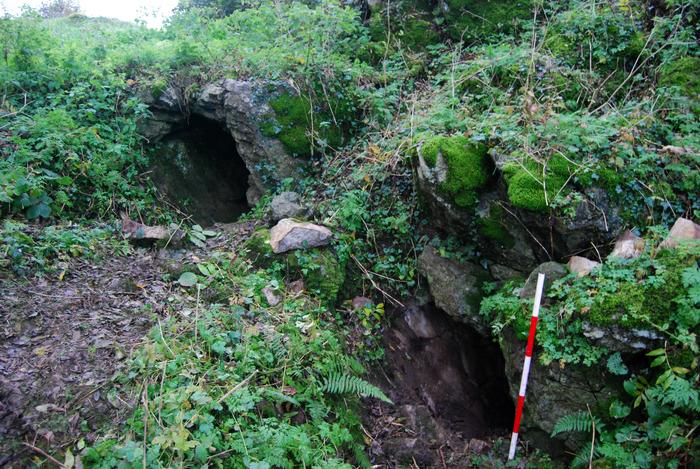Archaeologists have uncovered a remarkable discovery in an Irish limestone cave – well-preserved microbiomes from two 4,000-year-old teeth. These findings have shed light on the evolution of oral health and the impact of dietary changes over millennia.
The study, published in the journal Molecular Biology and Evolution, reveals the first high-quality ancient genome of Streptococcus mutans, a bacterium that is a major cause of tooth decay. The researchers also found bacteria associated with gum disease, providing a snapshot of oral health in the past.
“We were very surprised to see such a large abundance of mutans in this 4,000-year-old tooth,” said Lara Cassidy, an assistant professor at Trinity College Dublin and senior author of the study. “It is a remarkably rare find and suggests this man was at high risk of developing cavities right before his death.”
The exceptional preservation of the ancient DNA can be attributed to the cool, dry, and alkaline conditions of the limestone cave. However, the high abundance of S. mutans also points to an imbalance in the oral microbiome, known as dysbiosis.
The study lends support to the “disappearing microbiome” hypothesis, which suggests that the microbiomes of our ancestors were more diverse than our own today. Alongside the S. mutans genome, the researchers reconstructed two genomes for Tannerella forsythia, a bacterium involved in gum disease, and found them to be highly divergent from one another.
“These strains from a single ancient mouth were more genetically different from one another than any pair of modern strains in our dataset, despite these modern samples deriving from Europe, Japan, and the USA,” explained Iseult Jackson, a PhD candidate and first author of the study. “This is interesting because a loss of biodiversity can have negative impacts on the oral environment and human health.”
The reconstructed genomes also revealed dramatic changes in the oral microenvironment over the last 750 years. In recent centuries, one lineage of T. forsythia has become dominant in global populations, a tell-tale sign of a selective episode. The researchers found that post-industrial T. forsythia genomes have acquired many new genes that help the bacteria colonize the oral environment and cause disease.
Similarly, S. mutans showed evidence of recent lineage expansions and changes in gene content, which coincide with the popularization of sugar. However, modern S. mutans populations have remained more diverse than T. forsythia, with deep splits in the mutans evolutionary tree pre-dating the Killuragh genome.
“S. mutans is very adept at swapping genetic material across strains,” said Cassidy. “This allows an advantageous innovation to be spread across mutans lineages, rather than one lineage becoming dominant and replacing all others.”
In effect, both these disease-causing bacteria have changed dramatically from the Bronze Age to today, but it appears that very recent cultural transitions, such as the consumption of sugar, have had a significant impact on the oral microbiome.
The findings from this study not only provide insights into the evolution of oral health but also highlight the importance of preserving and studying ancient DNA to better understand the relationship between our ancestors’ mouths and our own.
The paper, “Ancient genomes from Bronze Age remains reveal deep diversity and recent adaptive episodes for human oral pathobionts,” is available (at midnight on March 27th) at https://academic.oup.com/mbe/article-lookup/doi/10.1093/molbev/msae017.


